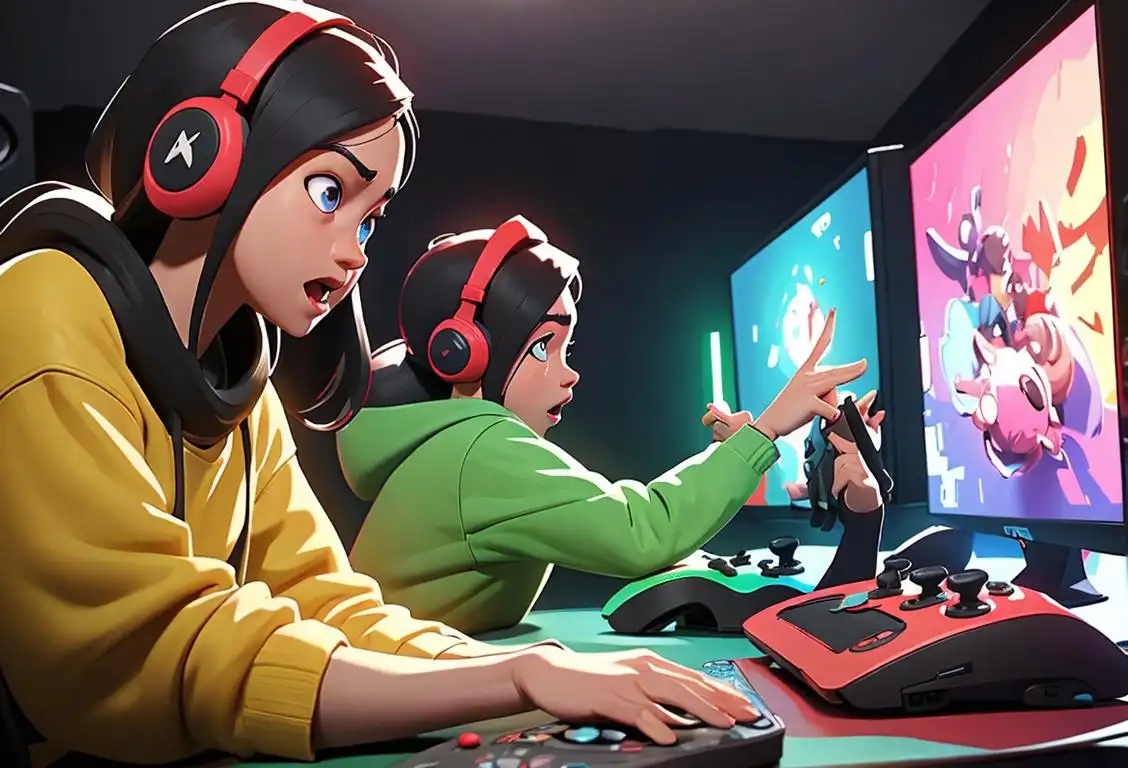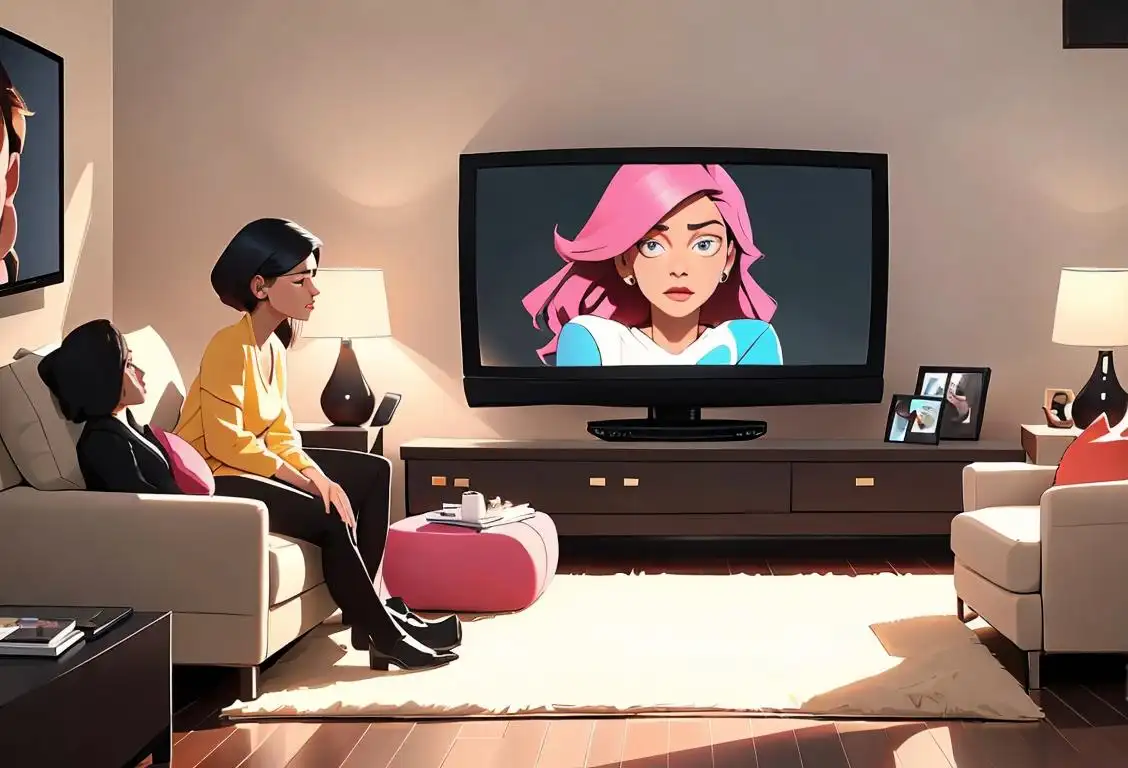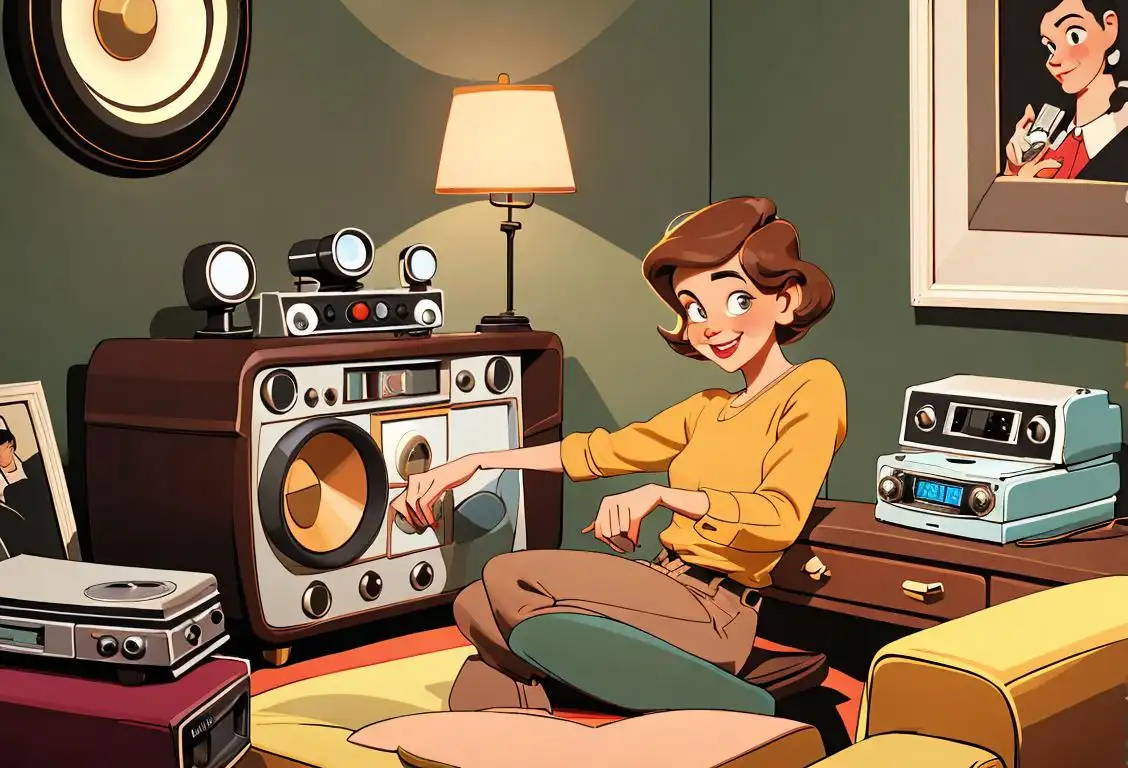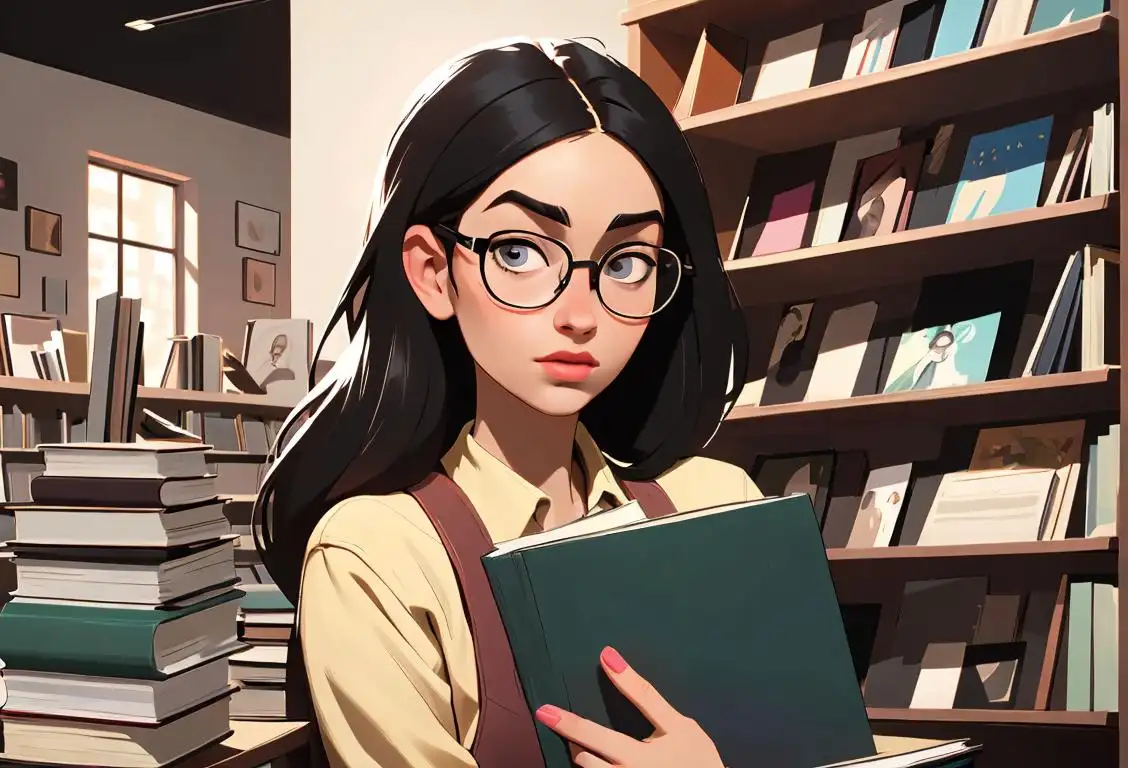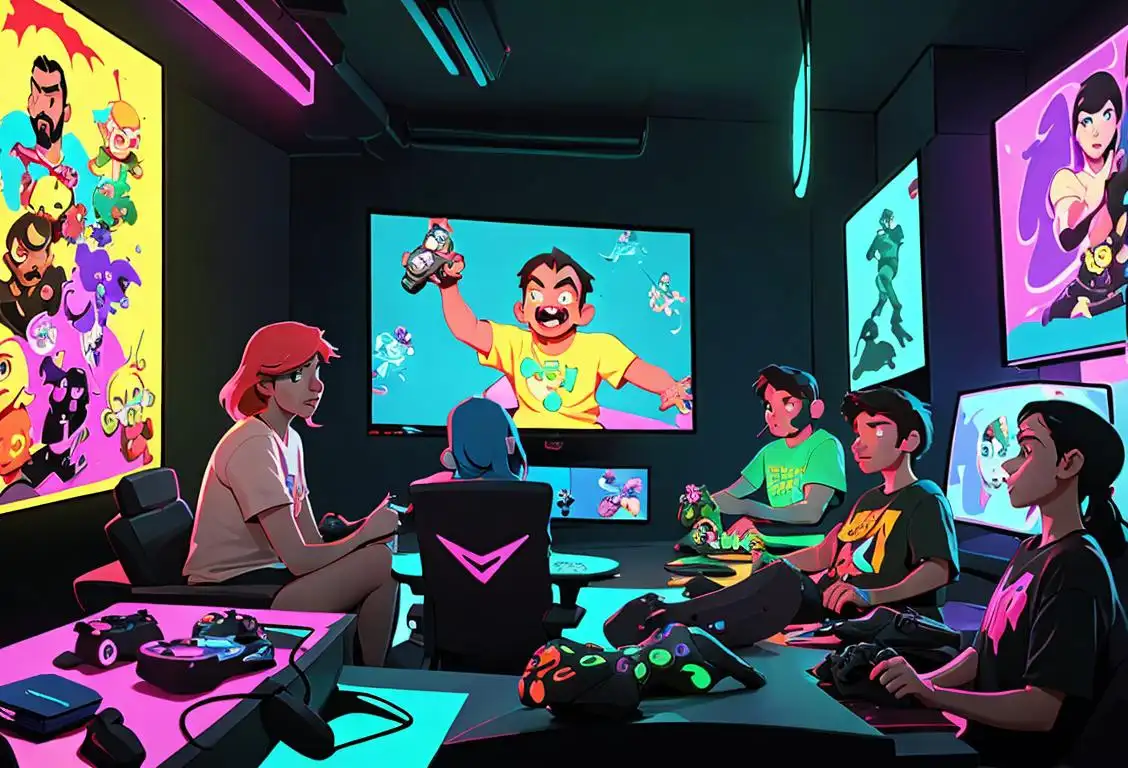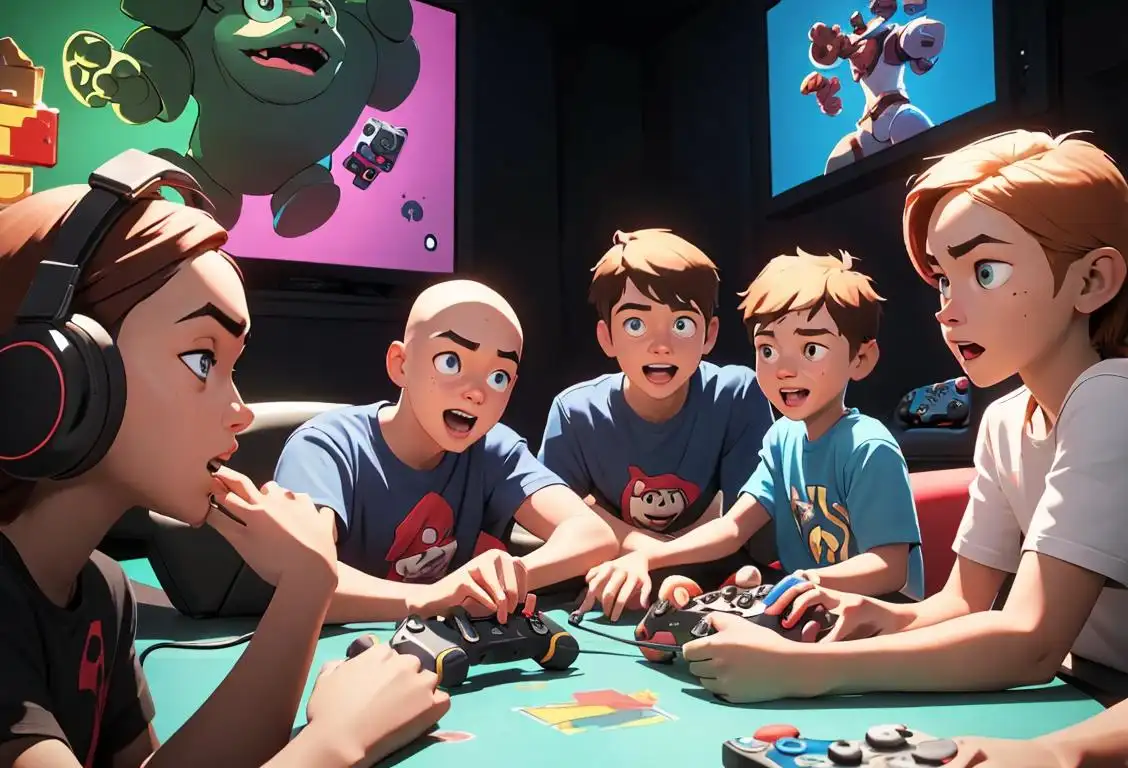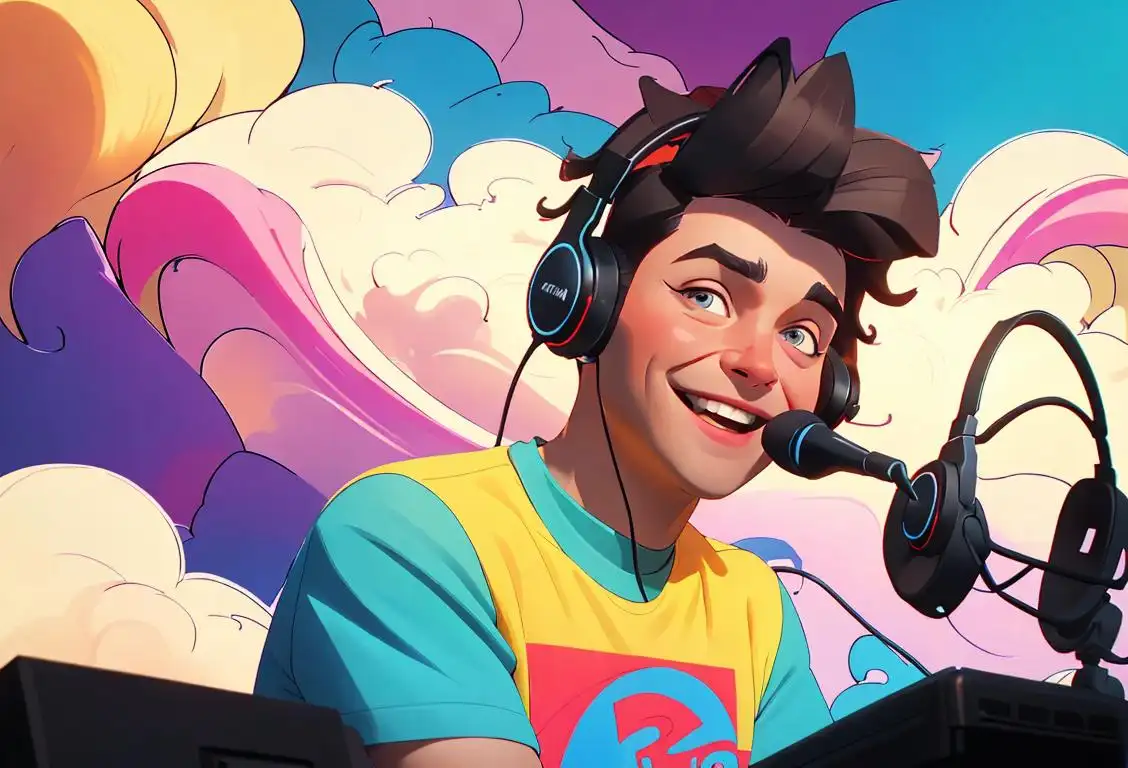National Animation Day
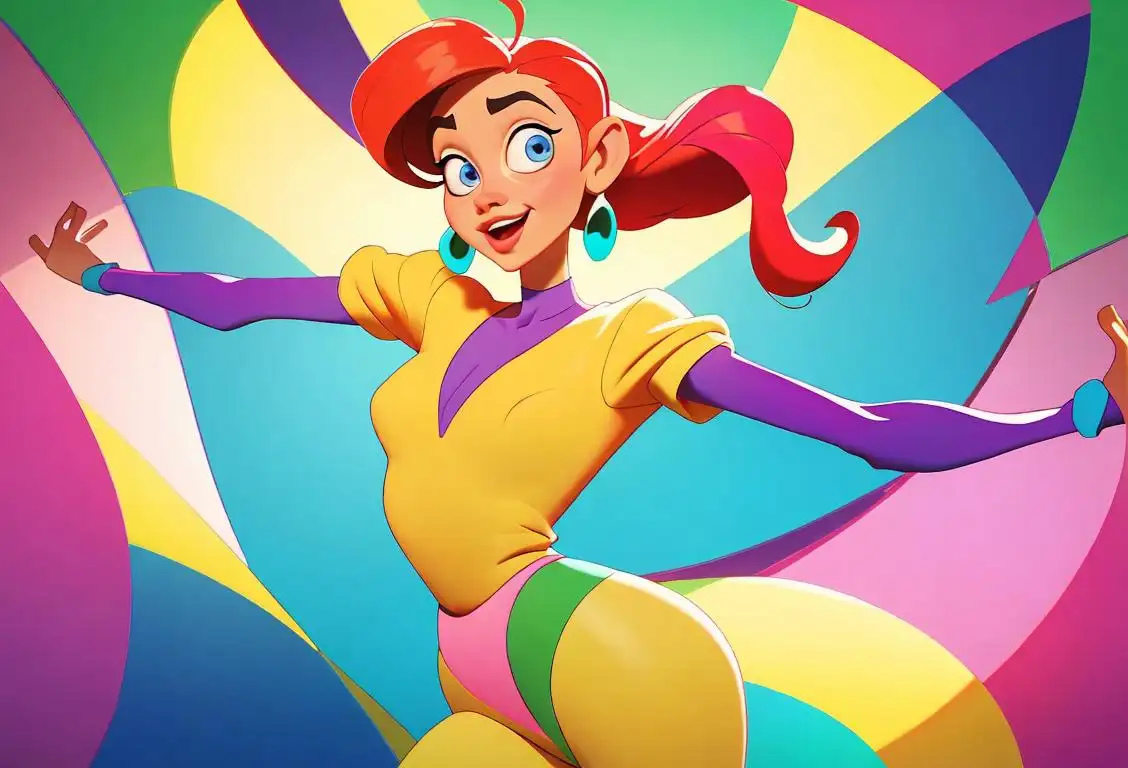
Hey there animation enthusiasts! Get ready to jump into a world of colorful characters, imaginative stories, and motion-filled magic, because today is National Animation Day! This zany and whimsical holiday celebrates the art form that brings doodles and drawings to life through the power of technology and creative genius. So, grab your popcorn, settle in front of the screen, and let's dig into the amazing history and fun facts of animation!
When is Animation Day?
It's national animation day on the 8th April.
The Birth of Animation: A Colorful Journey
Animation has a rich and vibrant history that dates back to the early days of cinema. It all started with a clever idea and a fascination for creating the illusion of movement. In the late 19th century, visionaries like Emile Reynaud and J. Stuart Blackton began experimenting with techniques that would eventually evolve into the art form we know and love today.
One of the earliest pioneers of animation was none other than Walt Disney himself. With the creation of Mickey Mouse in the 1920s, Disney revolutionized the industry and set a new standard for character animation. From there, the world of animation exploded, captivating audiences with beloved classics like Snow White and the Seven Dwarfs, The Lion King, and Toy Story.
The Internet: A Playground for Animated Delights
Fast forward to the internet era, animation found a new home online. With the advent of websites like Newgrounds and YouTube, animators from all over the world were able to showcase their talents to a global audience. From hilarious short films to stunning visual effects, the internet became a playground for animated delights.
Thanks to the internet, animation also became a vital part of our everyday lives. From emoticons and GIFs to animated advertisements and explainer videos, animation adds that extra touch of magic to our digital interactions.
Did You Know?
Did you know that the iconic character Mickey Mouse was initially named Mortimer Mouse? Thankfully, Walt Disney's wife, Lillian, suggested the much catchier name Mickey, and the rest is history!
History behind the term 'Animation'
1832
Persistence of Vision
The concept of animation began with the observation of the 'persistence of vision.' English scientist Peter Mark Roget discovered that the human eye retains an image for a fraction of a second after it disappears from sight. This phenomenon explained why a series of still images appeared to be in motion when shown in quick succession.
1834
Thaumatrope
The thaumatrope, a simple toy, was invented by English physician John Ayrton Paris and gained popularity in the 19th century. It consisted of a disk with different images on each side and strings attached. When spun rapidly, the images blended together, creating the illusion of a single, animated image.
1877
Praxinoscope
French inventor Émile Reynaud created the praxinoscope, an improved version of the zoetrope. The praxinoscope used a strip of pictures placed on the inner surface of a cylinder. When the cylinder spun, a series of mirrors inside reflected the images, producing an animated sequence. This invention paved the way for more advanced animation techniques.
1906
Humorous Phases of Funny Faces
In 1906, American cartoonist J. Stuart Blackton released 'Humorous Phases of Funny Faces,' considered the earliest example of a hand-drawn animation film. Using stop-motion techniques, Blackton drew comical faces on a chalkboard, erasing and redrawing them to create the illusion of movement. This film marked a significant milestone in the history of animation.
1928
Steamboat Willie
In 1928, Walt Disney released 'Steamboat Willie,' featuring the debut of his iconic character, Mickey Mouse. This was the first cartoon to synchronize sound and animation successfully. The popularity of Mickey Mouse skyrocketed, and this animated short became a symbol of the golden age of animation.
1995
Toy Story
Pixar Animation Studios and Walt Disney Pictures collaborated to release 'Toy Story,' the first-ever feature-length computer-animated film. Directed by John Lasseter, this groundbreaking movie opened new possibilities in animation. 'Toy Story' revolutionized the industry and paved the way for numerous successful computer-animated films in the future.
Did you know?
Did you know that the iconic character Mickey Mouse was initially named Mortimer Mouse? Thankfully, Walt Disney's wife, Lillian, suggested the much catchier name Mickey, and the rest is history!Tagged
fun technology entertainmentFirst identified
8th April 2019Most mentioned on
8th April 2019Total mentions
361Other days
Video Game Video Game Day
Traitors Remote Control Day
Tv In The Same Day
Animation Day
Radio The Day
Release Day
Gamer Day
Video Games Day
Videogame Day
Broadcast That Day
